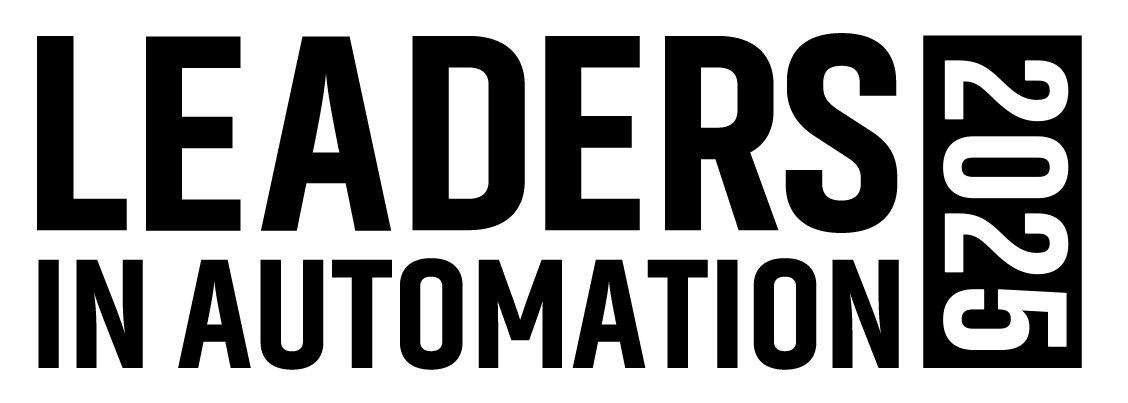When I think about what factories will look like in 2040, my money is on hyper-automation. In these factories, AI systems will self-optimize operations in real-time and production lines will flex instantly to meet demands. As for factory workers, they will have moved from manual labor to primarily overseeing processes and optimizing technology and automation.
This vision is backed up by research from Accenture that sought insights from 552 factory managers globally. This is a group of manufacturing workers who are not often queried to this extent, but who are crucial to setting the course of manufacturing. We surveyed them on the roles of autonomous mobile robots (AMRs), digital twins of operations, dark warehouses, self-learning machines, smart connected manufacturing cells and other technological advances they foresee being used in their 2040 factories.
Around half (47% to 52%) of the respondents rated the likelihood of these technologies being key elements of their factories between 8 and 10 on a 10-point scale. This degree of conviction tells us that hyper-automation is the most probable scenario.
The five factory models of 2040
Hyper-automated facilities will be based on one of these five models:
- Mass factory — fully automated and completely digitized production lines to manufacture highly standardized products in mass with little or no variation.
- Modular factory — fixed production lines and AMRs manufacture partially tailored products with maximum throughput.
- Matrix factory — customized products are manufactured in flexible, independent cells, allowing multiple production paths instead of a fixed sequence.
- Machine-to-product factory — AMRs and humanoid robots converge to assemble a single product on site, such as airplanes and large off-road commercial vehicles. The product stays in the same place throughout the assembly process instead of traveling down an assembly line.
- Workshop factory — produces highly customized products in small batches or even lot-size-one, thanks to flexible, workshop-style production processes accelerated through advanced automation and humanoid robots.
Critical components such as digital machine and product twins, IIoT or even edge computing are not key priorities for nearly half of the factory managers surveyed.
How to set the course toward 2040
Manufacturers and their factory managers will need to take action in four areas to enable hyper-automated factories:
Workforce transformation: Experienced workers are retiring, while younger generations show little interest in manufacturing careers. In the U.S., manufacturers will need to fill 3.8 million roles over the next decade (according to The Manufacturing Institute). At the same time, companies are investing three times more in AI technology than workforce training, making it harder to develop the talent needed for the future. Without immediate action, manufacturers risk losing critical knowledge and long-term competitiveness.
Manufacturers will need to embed AI-driven learning into daily operations and redefine roles. The future workforce will shift from manual labor to process oversight, decision-making and optimization, requiring new skills in automation, data analytics and AI integration. Companies like JLR are investing $25 million annually to equip employees with the skills needed to transition into technology-driven roles.
Committing to automation: Sixty-three percent of factory managers prioritize automation to boost efficiency and cut costs today, yet a gap remains between current priorities and the factory of the future. For example, only 38% target implementation of hyper-automation when building new units. Most focus on automated warehouses synchronized with manufacturing—an essential step, but not enough for future resilience and competitiveness.
To bridge this gap, companies must choose between upgrading existing sites or building hyper-automated factories. Xpeng Motors, for example, deployed 264 intelligent robots across production, and BMW’s humanoid robots boosted efficiency by 400% at their Spartanburg, S.C., facility. It starts with acknowledging that automation isn’t a future concept, it’s shaping industries today.
Use AI to move from assistance to autonomy: Contrary to popular belief, AI adoption remains low today, despite its ability to optimize how work gets done. Nearly one-third of factory managers still hesitate to use generative AI, despite two in three recognizing its importance. This reluctance stems from lingering mistrust, lack of awareness and poor data quality, which hinders the development of reliable AI models and large-scale integration.
To build the factory of 2040, manufacturers need to set the course now. This means moving beyond basic data collection to real-time AI decision-making and deploying AI co-pilots across operations — from predictive maintenance to supply chain coordination. Of course, what also matters is investing in cleaner data, scalable AI models and workforce upskilling to manage AI-driven systems effectively.
Keep strengthening the digital core: Digitization is the foundation for the hyper-automated factory. And yet, our survey found that most factory managers are still focusing on digitization measures that should, arguably, already be in place. By far their highest priorities are cybersecurity measures (77%), followed by the implementation of manufacturing execution systems (70%) and cloud platforms (67%).
Critical components such as digital machine and product twins, IIoT or even edge computing are not key priorities for nearly half of the factory managers surveyed. Yet without these technologies, factory managers won’t make the leap to Design for Manufacturing (DfM). DfM is a building block of hyper-automated factories where production lines dynamically adapt. It means already thinking about how to manufacture something when designing it, instead of figuring out how to manufacture it after. Taking DfM principles into active automated production requires digital twins of product, process and system to enable rapid virtualized simulations.
Factory managers understand these enablers well. Now they must turn that understanding into actions that serve them well in the current environment and support their longer-term vision.
Brian R. May is managing director, Industrial North America at Accenture.
More insights from Automation World on advanced automation technologies:
About the Author
Brian R. May
Managing Director, Industrial North America, Accenture,
Brian R. May is senior managing director, Industrial North America, at Accenture

Leaders relevant to this article:
